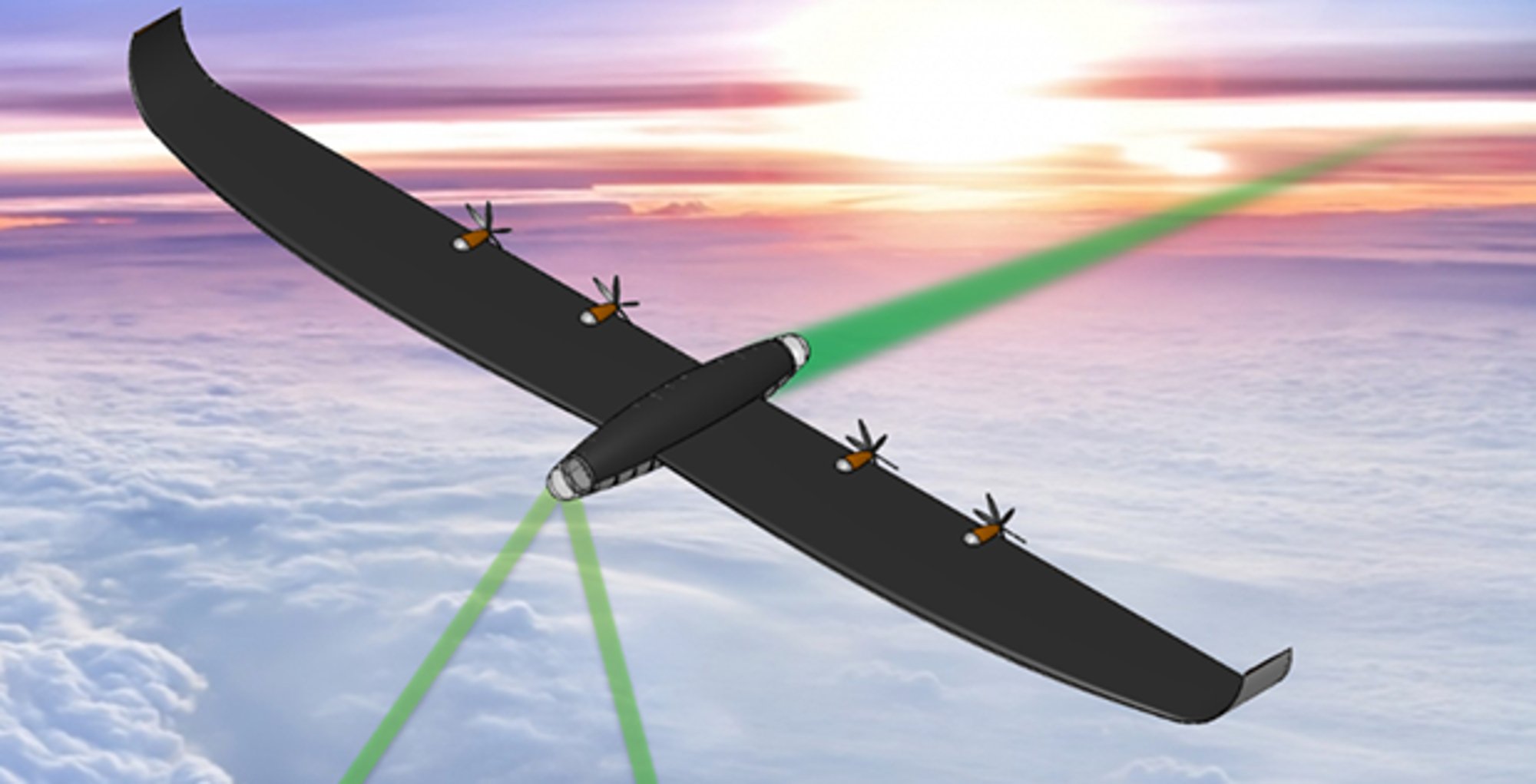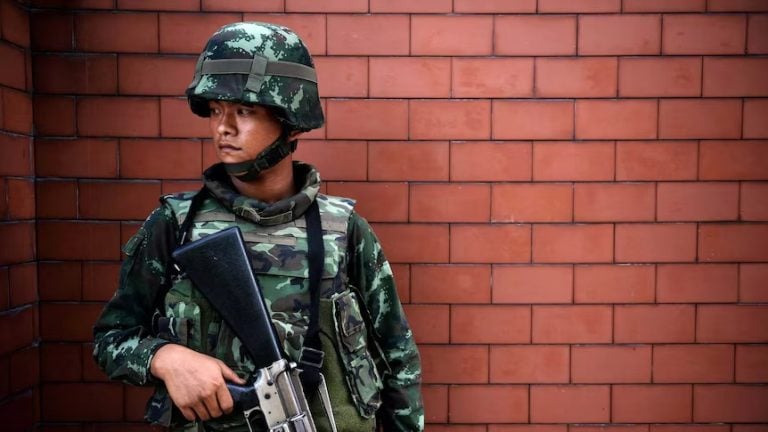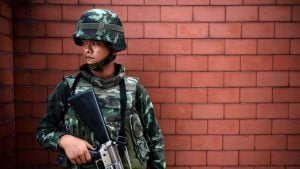A groundbreaking achievement has emerged from the Pentagon’s Persistent Optical Wireless Energy Relay (POWER) program, which recently accomplished a record-breaking power transmission distance. During a series of tests conducted in New Mexico, the program successfully delivered 800 watts of power over a distance of 8.6 kilometers (5.3 miles) in just 30 seconds. This astonishing feat surpasses the previous benchmark of 230 watts at a distance of 1.7 kilometers (1.05 miles) for a duration of 25 seconds.
The test campaign marked a significant milestone, transferring more than one megajoule of energy and showcasing the program’s potential to revolutionize energy delivery in military contexts. Paul Jaffe, the POWER program manager, expressed his excitement about the results, stating, “It is beyond a doubt that we absolutely obliterated all previously reported optical power beaming demonstrations for power and distance.”
The POWER initiative, spearheaded by the Defense Advanced Research Projects Agency (DARPA), was designed to provide a faster, cheaper, and more reliable source of energy delivery on the battlefield. By aiming to offer on-demand power to both manned and unmanned platforms, the program has the potential to enhance operational endurance and expand mission capabilities for military forces.
The demonstration, part of the later stages of phase one of the program, utilized innovative receiver technology characterized by a compact aperture that maximizes light entry from the laser beam. Inside the receiver, a parabolic mirror reflects the laser beam onto multiple photovoltaic cells, which convert the energy back into usable power. This advanced receiver was designed by Virginia-based Teravec Technologies, in collaboration with North Dakota’s Packet Digital and the Rochester Institute of Technology.
One notable aspect of the tests was that both the transmitter and receiver were positioned on the ground, sending the power beam through the densest sections of the atmosphere. Jaffe explained that “it’s a lot easier to send a power beam directly up or down relative to the ground because there is so much less atmosphere to fight through.” The challenge of transmitting through the thick atmosphere added to the significance of the achievement, with transmission efficiency exceeding 20 percent. The design of the test receiver underwent trade-offs to maximize both distance and validate capacity.
The development of the receiver was accomplished in an impressive time frame of about three months. Jaffe pointed out that this demonstration challenges previous misconceptions regarding the limits of power beaming technology and is already encouraging industry stakeholders to rethink what is achievable in this field.















